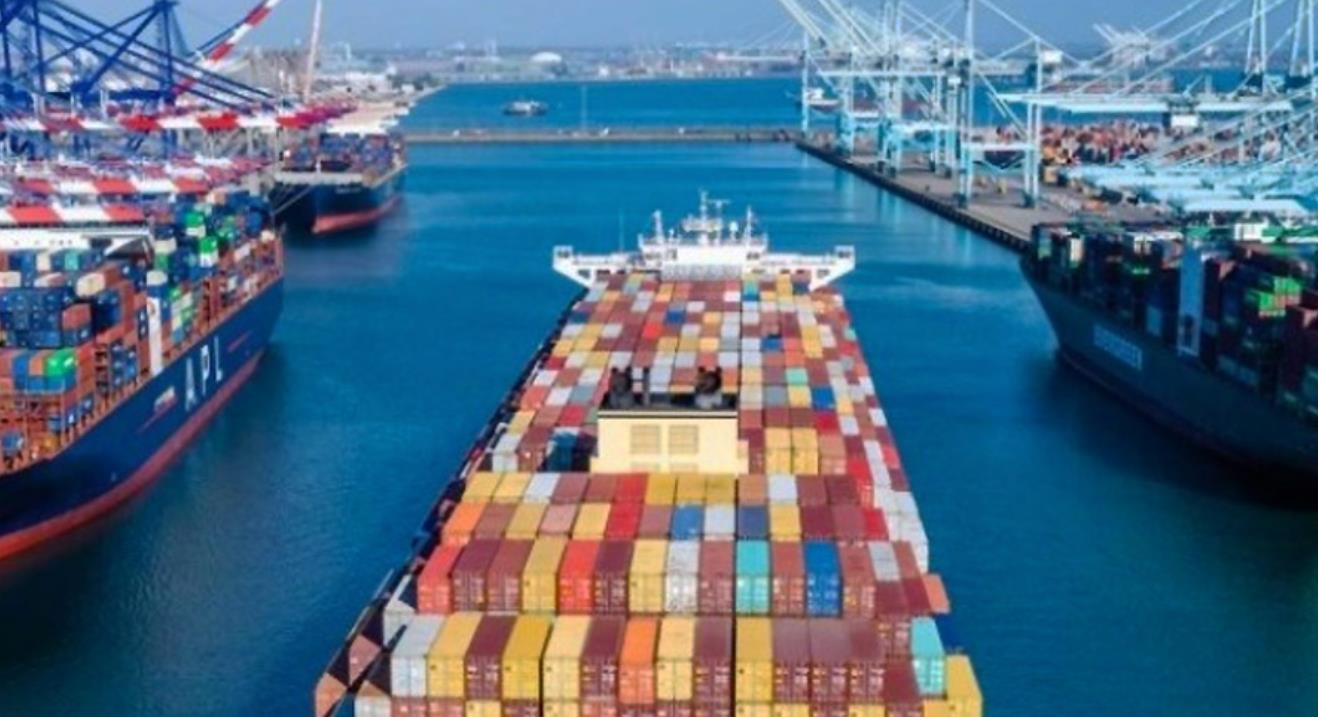Retail Cargo Continues To See Double-Digit Increases Over 2020
Source:CHINA SPORTING GOODS FEDERATIONRelease time:2021-07-18Clicks:
Article From:SGB Media

Imports at the nation’s largest retail container ports are continuing to show double-digit growth over last year as strong consumer demand keeps up its momentum, according to the monthly Global Port Tracker* report released by the National Retail Federation (NRF) and Hackett Associates.
“The year-over-year growth we saw this spring was off the charts because the comparisons were against a time when most stores were shut down due to the pandemic,” NRF Vice President for Supply Chain and Customs Policy Jonathan Gold said. “But we’re continuing to see strong growth even as we enter a point when stores had begun to reopen last year. That’s a sign of the tremendous demand from consumers. The challenge for retailers and supply chains is keeping shelves stocked as port congestion and other supply chain disruptions continue to impact the industry and the economy more broadly.”
“Operational constraints brought about by the COVID-19 pandemic combined with the surge in consumer demand have severely strained the logistics supply chain,” Hackett Associates Founder Ben Hackett said. “The level of growth in the last year has put unprecedented pressure on importers, carriers and domestic transportation providers alike.”
U.S. ports covered by Global Port Tracker handled 2.33 million twenty-foot equivalent units in May, the latest month for which final numbers are available. That was up 8.6 percent from April and up 52.2 percent from the prior year. The number set a new record for the most containers imported during a single month since the NRF began tracking imports in 2002, topping the previous record of 2.27 million TEU set this March. A TEU is one 20-foot container or its equivalent.
Ports have not reported June numbers, but Global Port Tracker projected the month at 2.15 million TEU, which would be up 33.8 percent from the same time last year. That would bring the first half of 2021 to 12.8 million TEU, up 35.6 percent from the same period last year.
July is forecasted at 2.21 million TEU, up 15.1 percent year-over-year; August at 2.3 million TEU, up 9.4 percent; September at 2.16 million TEU, up 2.5 percent; October at 2.13 million TEU, down 3.7 percent for the first year-over-year decline since July 2020; and November at 2.06 million TEU, down 2 percent.
Global Port Tracker will not release its forecast for December until next month, but 2021 is on track to grow 16.7 percent over 2020’s full-year total of 22 million TEU.
Cargo imports during 2020 were up 1.9 percent over 2019 despite the pandemic.
*Global Port Tracker, which is produced for NRF by Hackett Associates, provides historical data and forecasts for the U.S. ports of Los Angeles/Long Beach, Oakland, Seattle and Tacoma on the West Coast; New York/New Jersey, Port of Virginia, Charleston, Savannah, Port Everglades, Miami and Jacksonville on the East Coast, and Houston on the Gulf Coast.
Copyright ©2013-2024 CHINA SPORTING GOODS FEDERATION, All Rights Reserved ( 京ICP备05083596号-1 )




